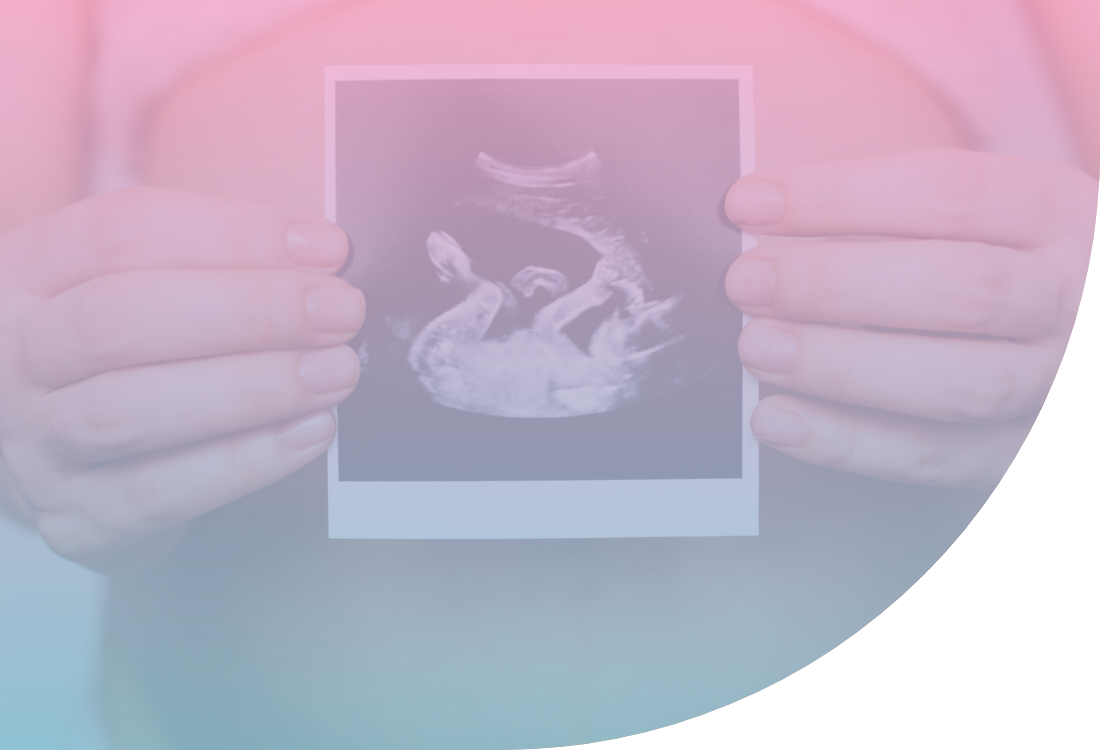At Embryowish, we offer modern fertility treatments in Athens, tailored to every couple’s or woman’s needs. Specializing in infertility treatments and advanced IVF treatments in Greece, our team is here to guide you with expertise and care. Discover all available options and choose the fertility treatment that suits you best.
Embryo Freezing Technique
Embryo freezing is a procedure that allows women to store their embryos for future use. In many couples, especially young couples, the attempt of IVF (in vitro fertilization) can result in the creation of multiple embryos. After embryo transfer, there are often excess good-quality embryos. These embryos can undergo the Embryo Freezing Technique, allowing embryo transfer in another cycle later.
The Embryo Freezing Technique
During the freezing process, the embryos are cryopreserved. This involves removing water from the cells and replacing it with a cryoprotective liquid. The embryo is then frozen using the embryo vitrification method. This advanced technique preserves the embryo intact without forming harmful ice crystals. The cryopreserved embryos are stored in liquid nitrogen. Remarkably, about 95% of embryos survive this freezing process and can remain viable in their frozen state for many years.
Recommendations for Embryo Freezing
Embryo Freezing is particularly recommended for women who will undergo chemotherapy treatments that may affect the quality and number of their eggs. It is also an option for women who wish to have children later in life. By cryopreserving eggs and embryos, women can preserve their reproductive potential, provided there is a partner for the fertilization process.
Benefits of Embryo Cryopreservation
The cryopreservation technique offers significant advantages. It allows women to have additional children, such as a second or third child, without the need to undergo ovarian stimulation and egg retrieval again.
Success Rates and Freezing Effects
Success rates for cryopreserved embryo transfers are similar to those for fresh embryo transfers. However, not all embryos have the same ability to withstand the freezing process. About 10-15% of an embryo’s cells may be destroyed during cryopreservation. Despite this, cryopreserved embryos have the same implantation potential as fresh embryos and, in some cases, even a greater likelihood of successful implantation.
Possibilities Provided by Embryo Cryopreservation
Embryo cryopreservation offers several important possibilities:
- Preservation of extra embryos: This occurs when more embryos are created than needed in an IVF attempt, allowing for future use.
- Postponement of embryo transfer: This can be beneficial in cases where embryo transfer must be delayed, such as insufficient development of the endometrium during an IVF cycle, or when there is a risk of developing ovarian hyperstimulation syndrome, which could be exacerbated by pregnancy.
- Preservation of reproductive potential: Women who are about to undergo sterilization treatments, such as chemotherapy, radiation therapy, or ovarian removal, can preserve their reproductive options. However, in such cases, a partner is needed to provide sperm for fertilization.
Safety of Embryo Freezing
The procedure is considered safe. International epidemiological studies involving thousands of pregnancies achieved through embryo vitrification have shown no increase in the rate of congenital anomalies or other issues in the children born. As a result, cryopreservation is considered a reliable and safe method in fertility treatments. There is generally no strict embryo freezing age limit, but the success rate may depend on the woman’s age and the quality of the embryos at the time of freezing.
